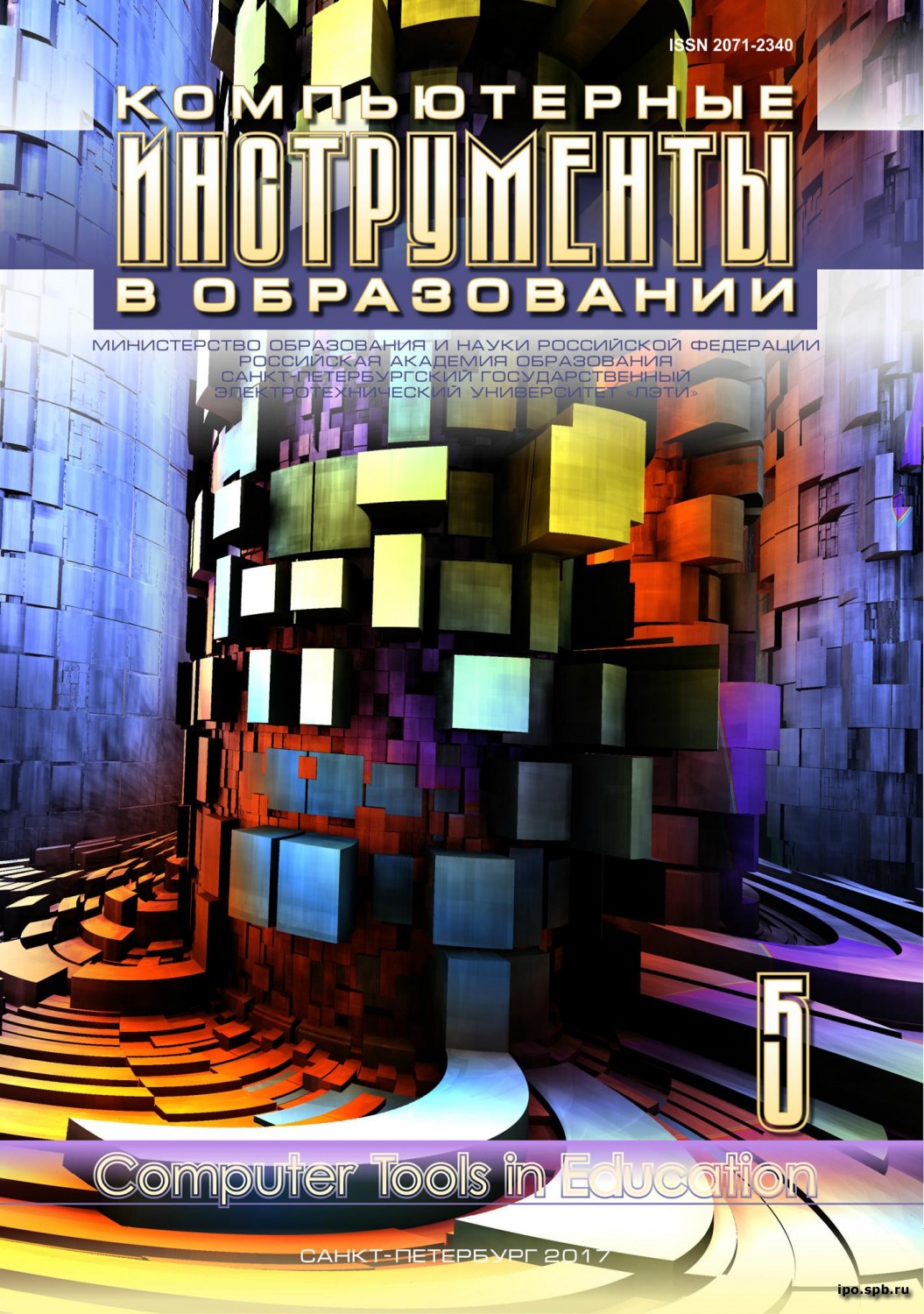Analytical review and the analysis of educational programs with CMSE content
Abstract
The paper deals with the outcomes of a working package in the ERASMUS+ project entitled InMotion in which European partners should help to establish improved programs with modelling and simulation content in Malaysia and Russian Federation. By the aid of a survey the analytical review and the analysis of educational programs with computer modelling and simulation engineering content was performed. The survey was sent to partner universities and worldwide. The answers were analysed for bachelor, master and PhD programs with regard to the basic information (duration, contact hours and individual work, final work, practical orientation of the study and elective courses), with regard to curricula and competencies. The final part is devoted to the investigation whether there are some bachelor, master and PhD programs that are completely in the area of modelling and simulation. We were able to find only one example of such institution in US.
References
cid101043/ministerial-conference-bucharest-2012.html
2. EACEA 2017, Education, Audiovisual and Culture Executive Agency. [Оnline]. Available: https://eacea.
ec.europa.eu/homepage_en
3. “Education and Training in Europe 2020: responses from the EU Member states. Eurydice Report,”
in European Commision/EACEA/Eurydice, Brussels, Belgium, 2013. [Online]. Available: http://eacea.ec.
europa.eu/education/eurydice/documents/thematic_reports/163EN.pdf
4. S. Gordeeva, I. Novopashenny, Y. Ogurol, V. Ryzhov, and J. Zhao, “Sakai CLE for blended learning
model,” in Proc. of International Academic Conference on Education Teaching and e-Learning, Prague,
Czech Republic, 2014, pp. 157–158.
5. InMotion, Innovative teaching and learning strategies in open modelling and simulation environment for
student-centered engineering education, 2017. [Online]. Available: http://www.inmotion-project.net
6. Old Dominion University, 2017. [Online]. Available: http://www.odu.edu/msve
7. M. Wishnewsky, I. Novopashenny, J. Zhao, Y. Ogurol, E. Podgaiskii et al, “Experience with Sakai CLE
in the framework of international educational TEMPUS project eMaris in the field of Applied Marine
Sciences,” in CALMet X Conference and Eumetcal Workshop, Toulouse, France, 2013, pp. 64–65.
8. Yerevan, 2015, Ministerial Conference and Fourth Bologna Policy Forum. [Online]. Available:
http://bologna-yerevan2015.ehea.info/
9. B. Zupanˇciˇc, G. Muˇsiˇc, and M. Simˇciˇc, “Analytical review on the analysis of EU & PC educational programs,
Report for the working package WP 1.2,” ERASMUS + project InMotion, University of Ljubljana,
Slovenia, 2016. Available: http://msc.fe.uni-lj.si/Download//Zupancic/Report_WP1.2.pdf

This work is licensed under a Creative Commons Attribution 4.0 International License.







